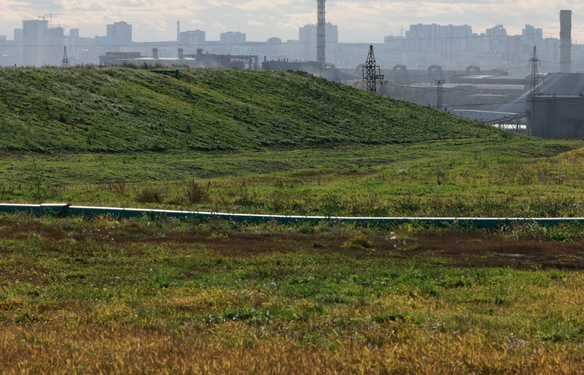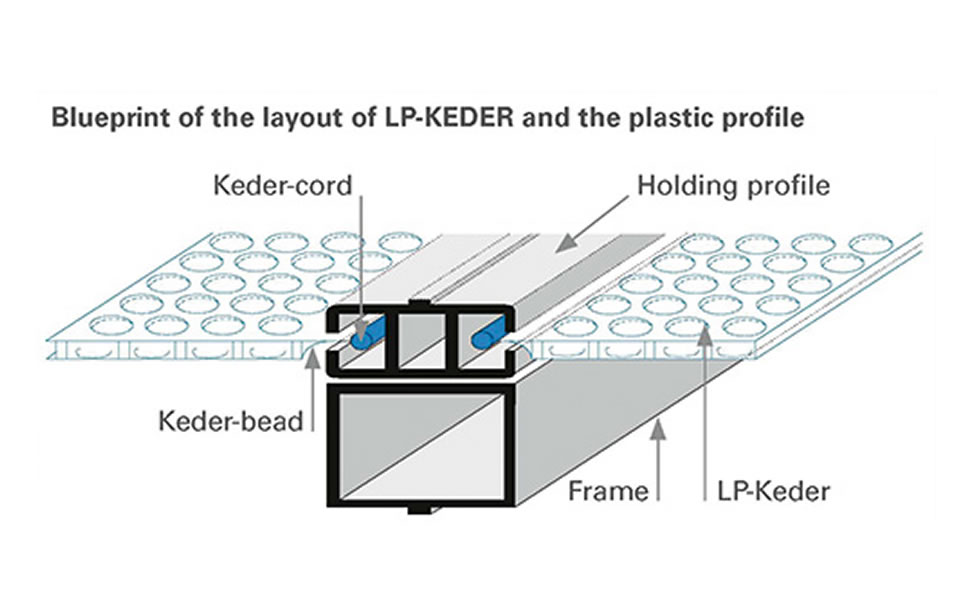#UrbanSustainability #FloralInnovations #LandfillReclamation #GreenhouseCultivation #SustainableAgriculture
In recent years, Chelyabinsk has been at the forefront of sustainable urban development, seeking innovative solutions to repurpose once-neglected spaces. The proposal to establish a floral greenhouse complex on a former landfill is a testament to this commitment. Governor Alexey Texler, in collaboration with Dmitry Kobylkin, aims to bring beauty and sustainability to the city through the cultivation of flowers.
The initiative aligns with broader efforts to utilize reclaimed spaces for environmentally friendly purposes. The choice of a rehabilitated landfill for the greenhouse complex underscores the region’s dedication to ecological restoration. Protective screens across the area prevent the release of biogas and mitigate any potential unpleasant odors, ensuring that the project contributes positively to the city’s atmosphere.
The plan includes leveraging the heat generated from recycled gas for greenhouse heating. This dual-purpose approach not only addresses waste management concerns but also promotes energy efficiency in agricultural practices. The governor’s vision extends beyond mere functionality, emphasizing the aesthetic enhancement of Chelyabinsk by introducing more flowers into urban landscapes.
Natalia Kotova, the Mayor of Chelyabinsk, revealed that the first greenhouse’s construction is set to commence in November. By February, the facility will be ready to host a variety of decorative plants, including petunias. The flowers cultivated in the complex will later find a home in the city’s flowerbeds and guest routes, enhancing public spaces. The prospect of adorning prominent avenues like Lenin Avenue and Sverdlovsk Avenue demonstrates a commitment to creating visually appealing and ecologically conscious urban environments.
The Chelyabinsk floral greenhouse project is part of a broader regional trend in landfill reclamation and environmental remediation. The successful rehabilitation of the city’s landfill in 2021 serves as a model for similar endeavors in neighboring areas like Magnitogorsk, Zlatoust, and Verkhny Ufaley. Protective measures, including the installation of screens, prevent the escape of biogas, contributing to the overall success of these initiatives.
Chelyabinsk’s initiative to transform a rehabilitated landfill into a floral greenhouse complex showcases the city’s dedication to sustainable urban development. By repurposing once-neglected spaces and incorporating innovative solutions, the project not only addresses environmental concerns but also adds a touch of beauty to the urban landscape. The commitment to utilizing recycled gas for heating underlines the integration of eco-friendly practices into agricultural endeavors.










